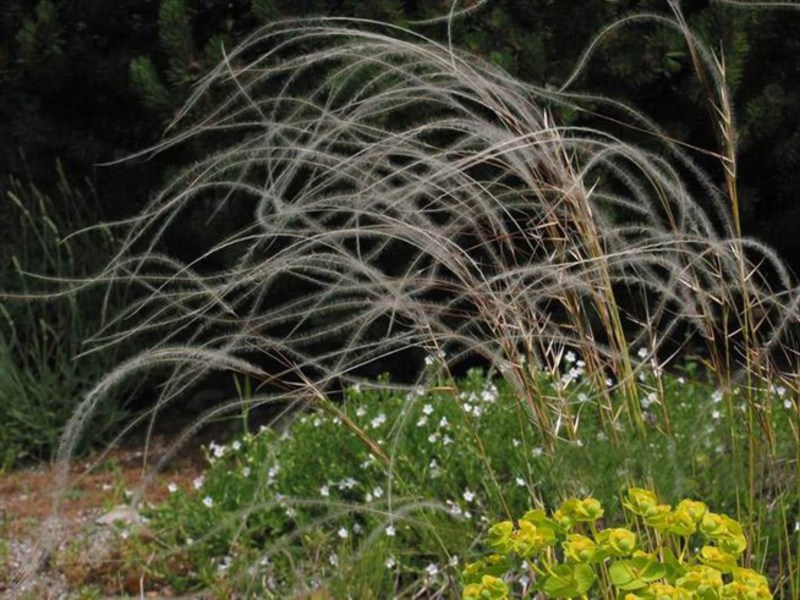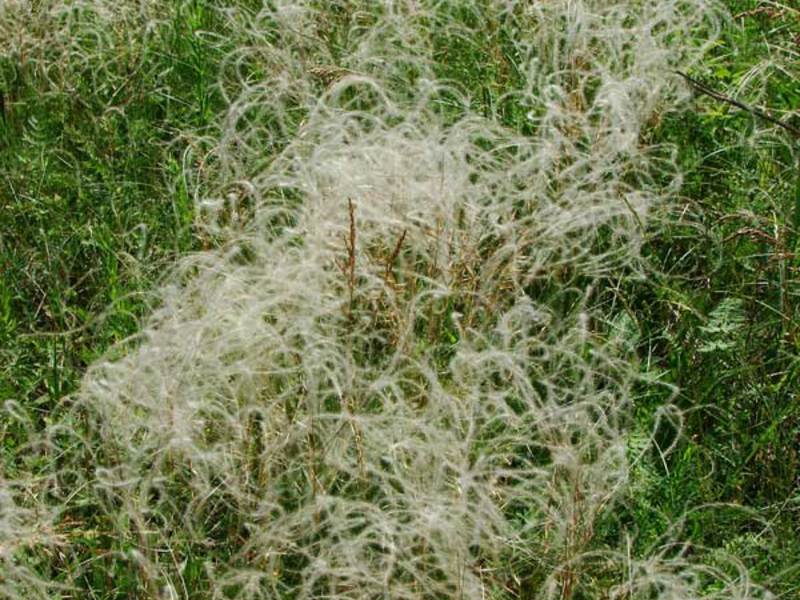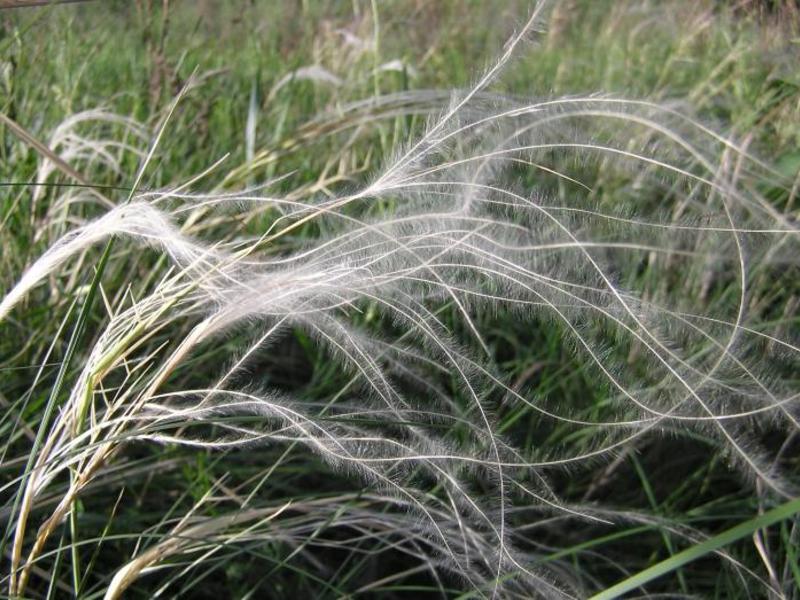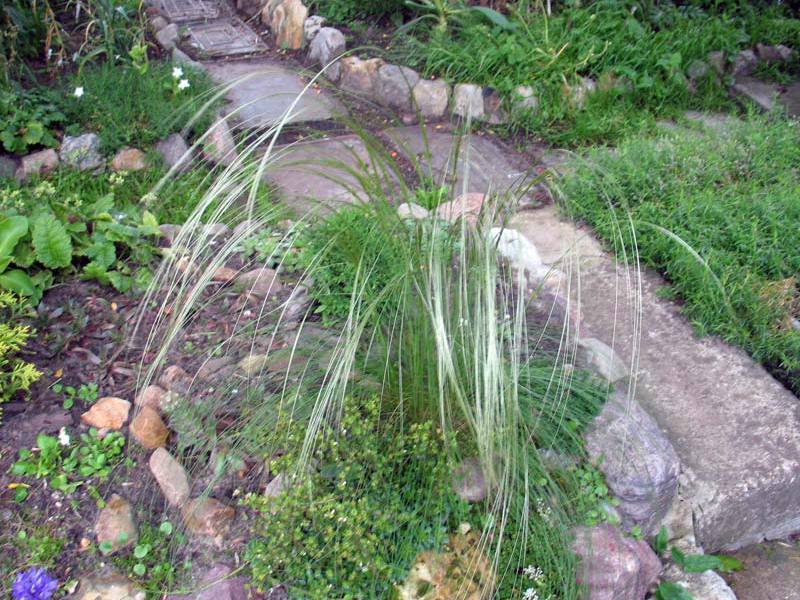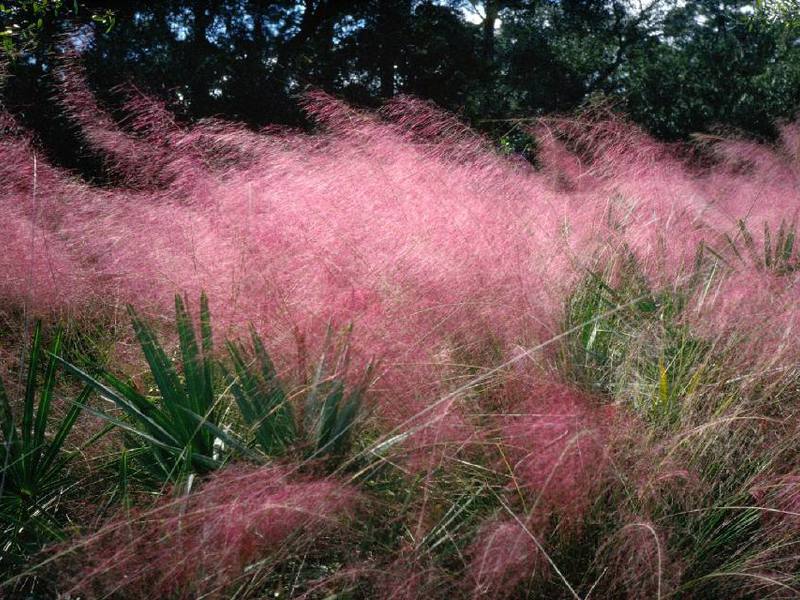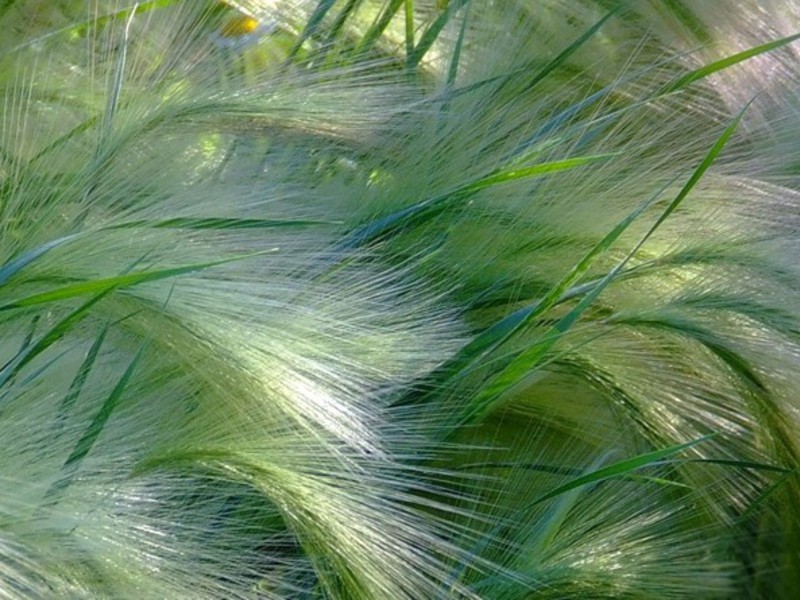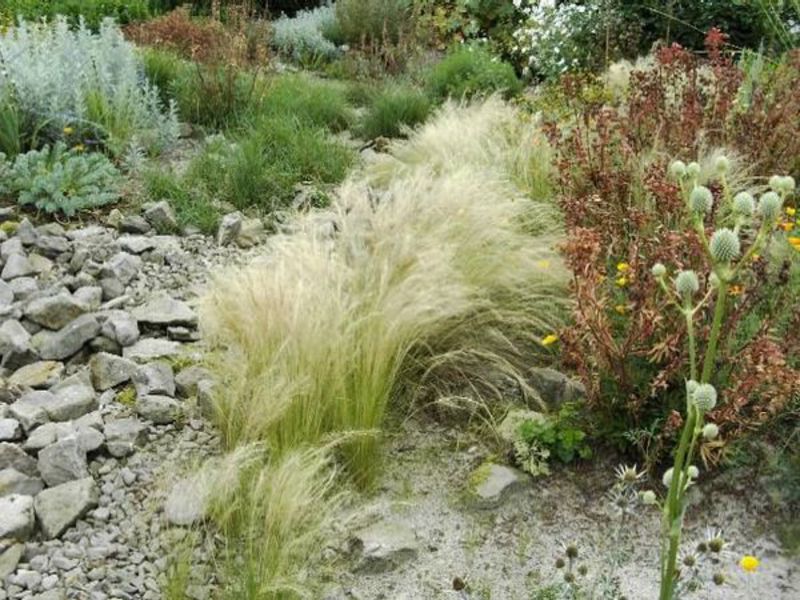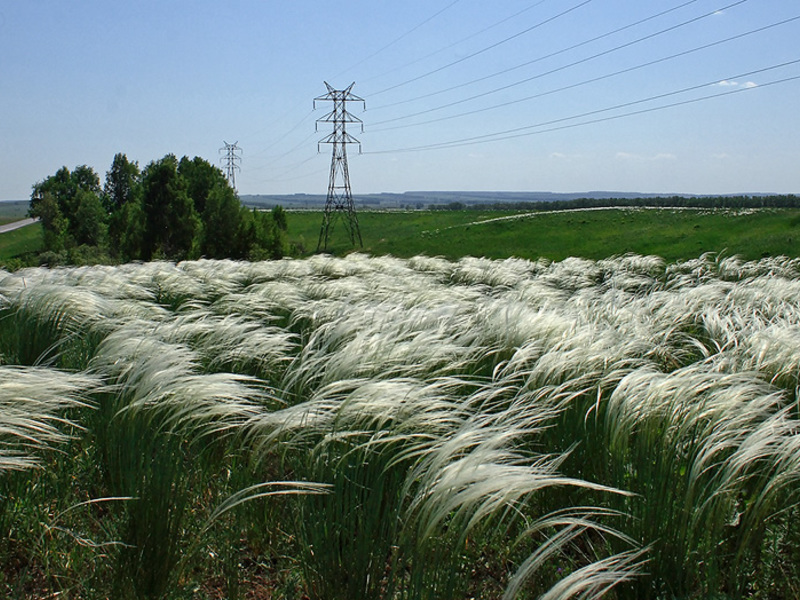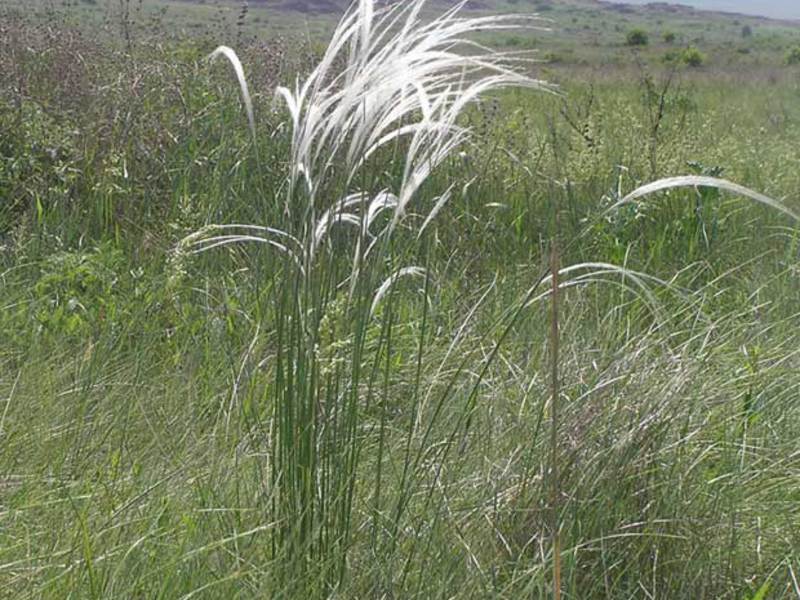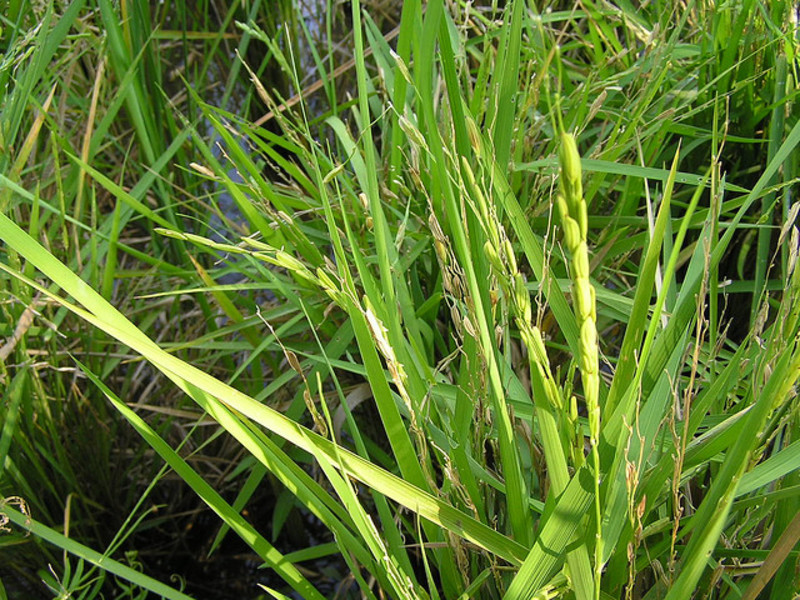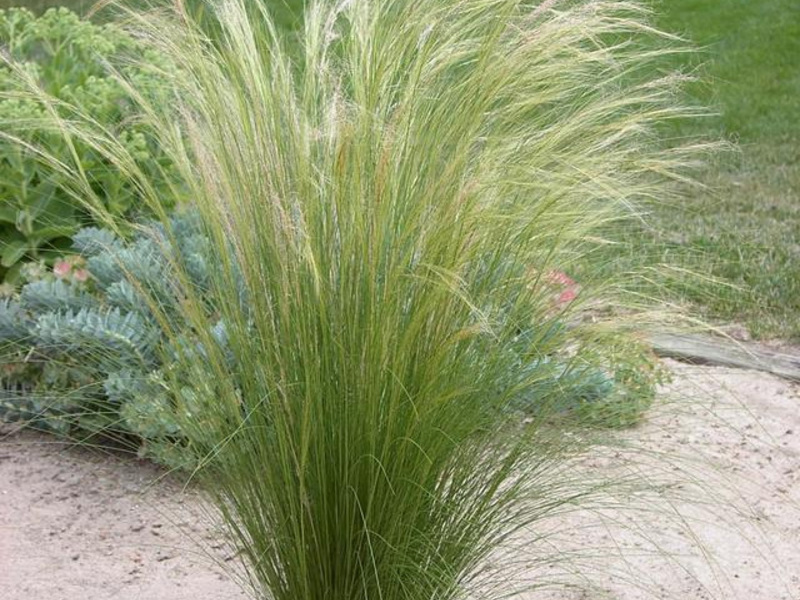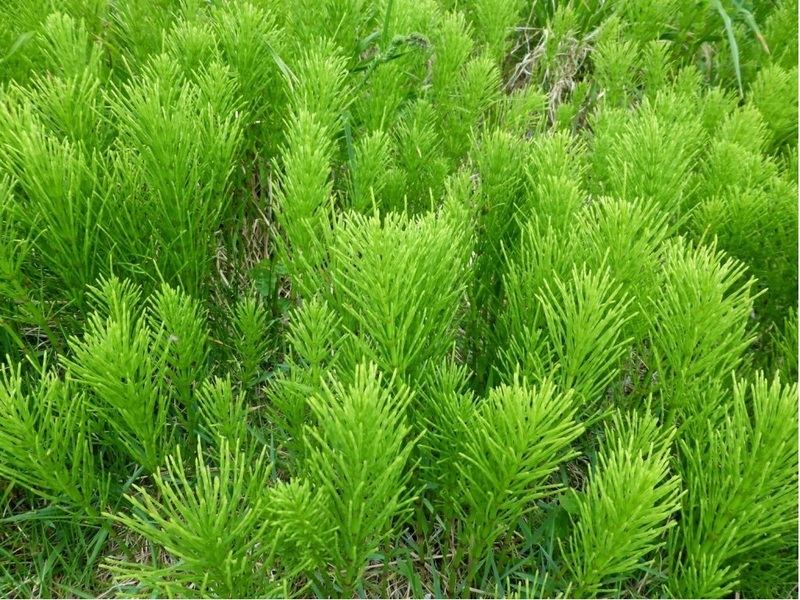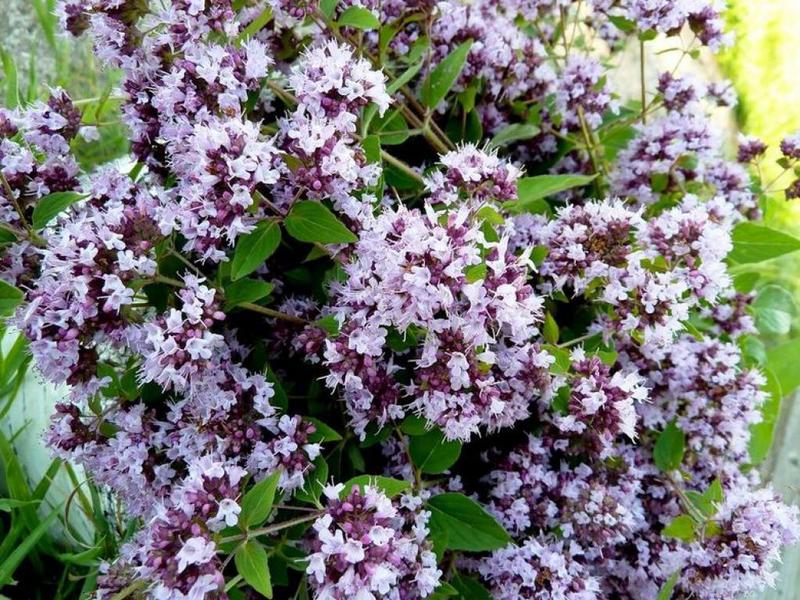Feather grass is a perennial herb. She belongs to the family of cereals. Around the world, the plant has over 300 species, while only 80 grow in our country.
The stem of the plant is straight and has tough and thin leaves. Its inflorescences are small and dense in the form of panicles. It is very well adapted to the steppes, where it grows. It is usually found in the steppes and rocky slopes of Eurasia.
Feather grass description
This herb growing in semi-deserts and steppes has no creeping roots and forms dense turf. Its stem is straight, the leaves are narrow and folded lengthwise, sometimes almost flat. The racemose panicles are very dense and small. Spikelets are membranous, long and pointed at the top, leathery from top to bottom, in cultivated species they can reach a length of up to 2.5 cm.
The name of the plant comes from the Greek word stupa, which means tow. The seeds of this herb are distributed in an original way, they are carried by the wind. The seeds fly away from the mother plant quite far, but they do not immediately reach the soil. They get stuck in dense grass and old, dried leaves and stems.
In the dark, when dew falls, the grass hides. The lower knee, twisted into a spiral, begins to unwind gradually and presses the entire stem to the ground, the weevil, in turn, strongly screwed into the ground... In the morning, when the sun rises, it unwinds, but does not come out of the soil, since the weevil is covered in small, stiff bristles that catch on the soil. Therefore, the weevil breaks off, and part of its top remains in the ground.
Feather grass in culture looks good in mixes with low-growing border flowers or free-standing large-sized flowers, for example black cohosh racemose.
Plant species
Exists several varieties of feather grass... For instance:
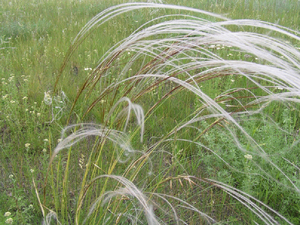 Feather grass is feathery. It is a perennial that has bare thyroid leaves and a brush of hairs at the tip. The feathery awns are 20 to 40 cm long. Flowering begins in May and early June. Photo feather grass:
Feather grass is feathery. It is a perennial that has bare thyroid leaves and a brush of hairs at the tip. The feathery awns are 20 to 40 cm long. Flowering begins in May and early June. Photo feather grass:- Hairy feather grass. It can reach a height of 40 to 80 cm, rarely 100 cm. The leaves are grayish-green, rigid and thyroid, rolled into a tube. The hairy awns are 12-18 cm long. The hairy worm begins to bloom from May to early July.
- Feather grass is pubescent. It grows only in steppe and rocky-steppe areas. The stems, with pubescence under the nodes, can reach a height of 35 to 70 cm. The diameter of the folded leaves is 0.8-2 mm. They have long soft hairs on all sides. The awn is 39-41 cm long. Flowering begins in May and early June.
- Far Eastern feather grass. Far Eastern feather grass grows, naturally, in the Far East, Japan, Eastern Siberia and China. This species is the most majestic and tall. It reaches a height of 180 cm, is erect and monumental. Along with this, the Far Eastern grass is very delicate and has shiny linear-lanceolate leaves, the width of which reaches 3 cm.The awns can reach a length of up to 50 cm.
- The feather grass is beautiful. It grows on rocky slopes, steppes and rocks in Europe, Western Siberia, the Caucasus, Western and Central Asia. This species does not grow higher than 70 cm. Its leaves are painted in dark green color. The feathery awns are up to 30 cm long, and the feathers are 3 mm long.
One of the most popular wild and familiar plants is thyme or thyme. The beneficial properties of thyme were already known to the ancient Slavs, Greeks and Romans.It was believed that this herb can return a person to health, strength, vigor and even life itself:https://flowers.bigbadmole.com/en/lekarstvennye-rasteniya/chabrets-poleznyie-svoystva-i-protivopokazaniya.html
In the steppes of Russia, you can also meet such species as:
- The feather grass is narrow-leaved;
- Feather grass is reddish;
- And many other types.
Herbal treatment
 It should be said about medicinal properties of the herb... This plant contains a lot of cyanogenic compounds, including trigloquinine. They are very important biologically active substances. Since cyanogenic compounds contain a strong acid, they can be toxic in large quantities. Whereas, in small doses, they can relieve pain and soothe.
It should be said about medicinal properties of the herb... This plant contains a lot of cyanogenic compounds, including trigloquinine. They are very important biologically active substances. Since cyanogenic compounds contain a strong acid, they can be toxic in large quantities. Whereas, in small doses, they can relieve pain and soothe.
The main area where the medicinal properties of this plant are used is the treatment of the thyroid gland. The leaves of the grass are crushed and made into a milk broth, as well as lotions and poultices for goiter.
In medical books, this plant is found under the guise of feather grass (Stipa pennata L.). Collect grass during flowering from late May to mid-July... For various tinctures, it is used dried. Also in autumn, roots and grass are dug up, and used for treatment. Feather grass decoctions are used to treat the thyroid gland, and root-based decoctions are used for paralysis.
Currently, feather grass is gaining demand in the form of decoration. They decorate the premises, making a herbarium. As an ornamental plant, they are planted in rock gardens.
How and from which plants to make a do-it-yourself mixborder:https://flowers.bigbadmole.com/en/sadovye-rasteniya/miksborder-svoimi-rukami-podbor-rasteniy-shema-i-foto.html
Care and reproduction
This herb propagates by seeds, but sometimes by dividing the bush, which is carried out in April or August... Self-seeding does not. It is necessary to plant the grass in the driest area that will not be flooded by groundwater. If the site is damp, good drainage and a high location will be needed. Moderate watering will be needed when the plant is rooting, then it does not need watering. In autumn, it is necessary to cut off shoots that have already faded, while the leaves should not be touched.
